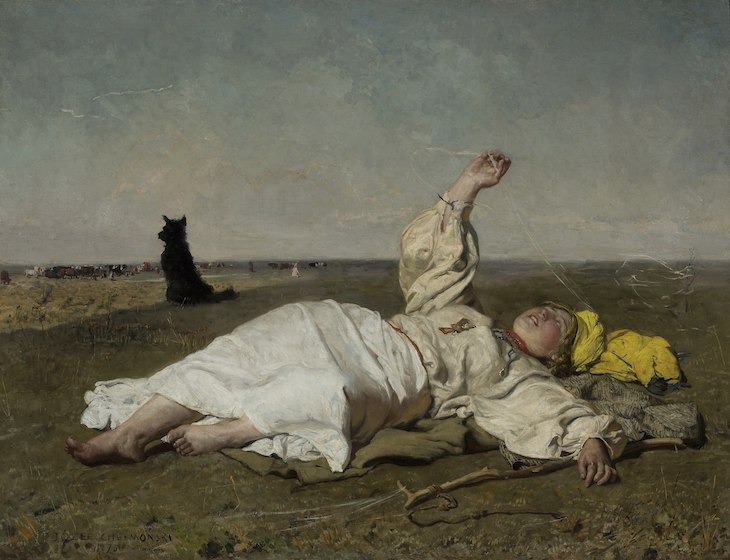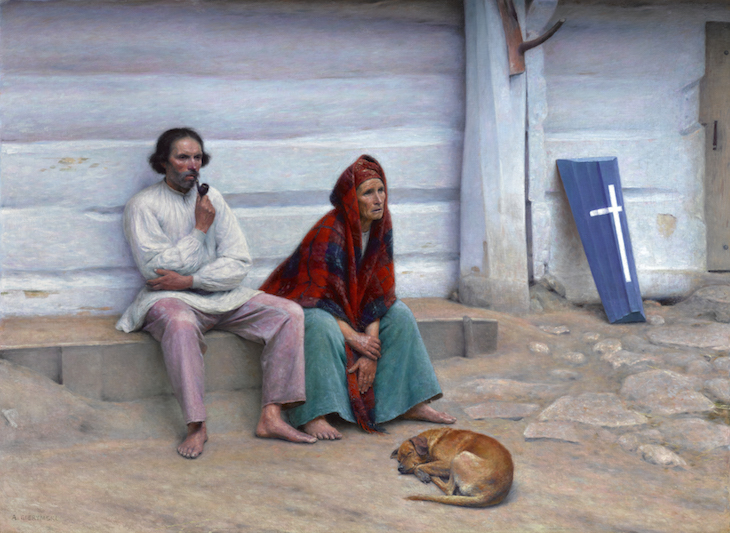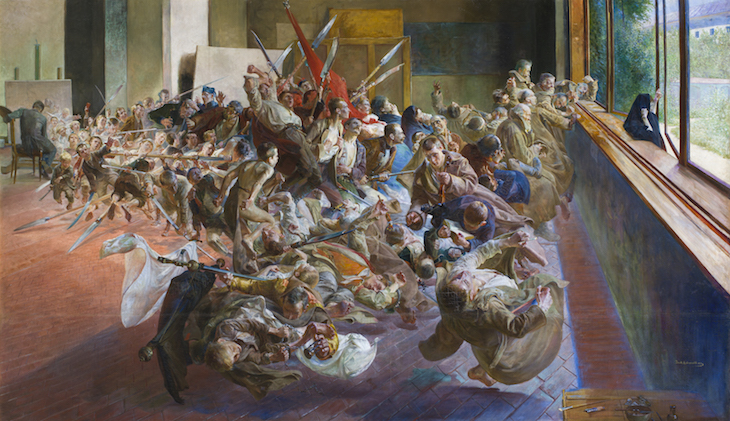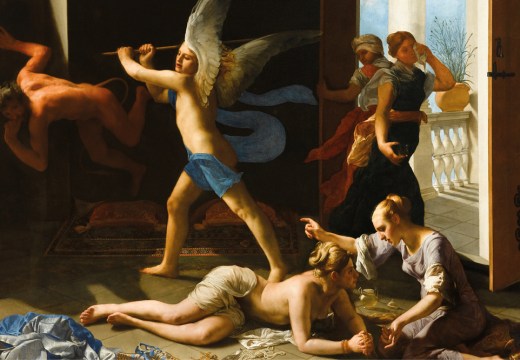Painting the Soul of a Nation
This exhibition of some 130 paintings reveals how Polish artists drew on folklore and military history to forge a distinctive national identity during the 19th century – a period when Polish lands were divided between the Russian, Austrian and Prussian empires. Find out more from the Louvre-Lens website.
Preview the exhibition below | View Apollo’s Art Diary here

Departure of the king Jean III Sobieski and his wife, Marie de La Frange d’Arquien, from the palace of Wilanów (1897), Józef Brandt. Photo: Piotr Ligier; © National Museum of Warsaw
At a time when the Polish nation did not exist, Józef Brandt became famous throughout Europe for his dramatically realised visions of the glory-days of the Polish-Lithuanian commonwealth in the 17th century, numbering the Austrian Emperor Franz Joseph I among his buyers. This painting shows King Jan III Sobieski – revered in Poland for orchestrating a decisive victory over the invading Ottoman armies at Vienna in 1683 – departing from the baroque palace of Wilanow that was built during his reign.

Indian Summer (1875), Józef Chełmoński. Photo: Krzysztof Wilczyński; © National Museum of Warsaw
The simple, rustic dress of the young peasant girl who lies upon the dry brown earth, toying with a gossamer thread in the late summer sun, is typical of the realist style of Józef Chelmoński, who rejected the aristocratic inclinations of Romanticism in order to capture Polish life as it was lived. After studying in Warsaw under the leading academic painter Wojciech Gerson, he joined fellow Polish artists Jósef Brandt and Maksymilian Gierymski in Munich in 1871, from where he made several trips to the rural areas of Russian-occupied Poland.

Farmer’s Coffin (1894), Aleksandr Gierymski. Photo: Piotr Ligier; © National Museum of Warsaw
A contemporary of Chełmoński, Aleksander Gierymski took Polish realism to its peak, producing scenes of Polish life that were unembellished, devoid of narrative, and meticulous in their attention to colour in a way that prefigured the later Polish Impressionists. Against the dusty pastel-hues of the house behind, the bright colours of the peasants’ clothing – and of the coffin beside them – stand out starkly in this vivid evocation of grief.

Melancholy (1890–94), Jacek Malczewski. Photo: Slawomir Obst; © MNP – Pracownia Fotografii Cyfrowej MNP
Steeped in Romantic literature and in the folklore of Poland, Malczewski was influenced both by the realist style of his contemporaries and by European Symbolism, combining both in a manner that has secured his reputation as Poland’s most celebrated painter of the 1800s. His Melancholy depicts a mass of figures from the previous century of Polish history, streaming from the imagination of the artist in his studio; it has been interpreted both as a kind of painted manifesto, and as an allegory for the spirit of Poland.











![Masterpiece [Re]discovery 2022. Photo: Ben Fisher Photography, courtesy of Masterpiece London](http://www.apollo-magazine.com/wp-content/uploads/2022/07/MPL2022_4263.jpg)
How artists respond to disaster